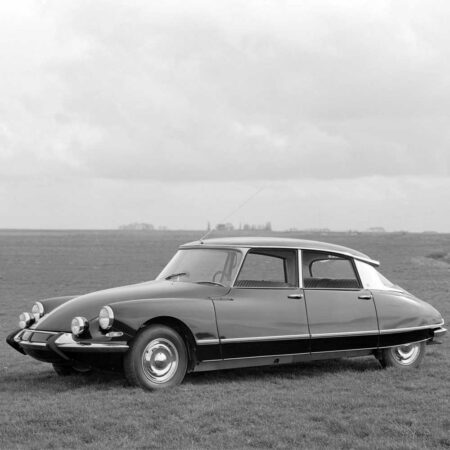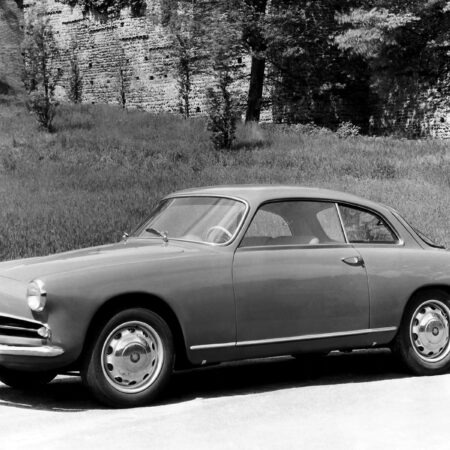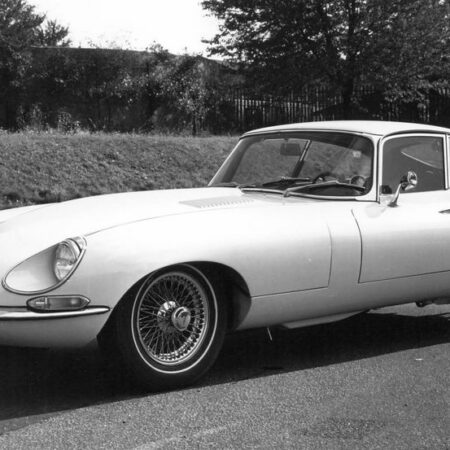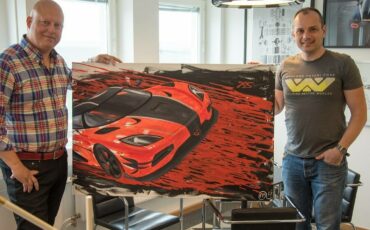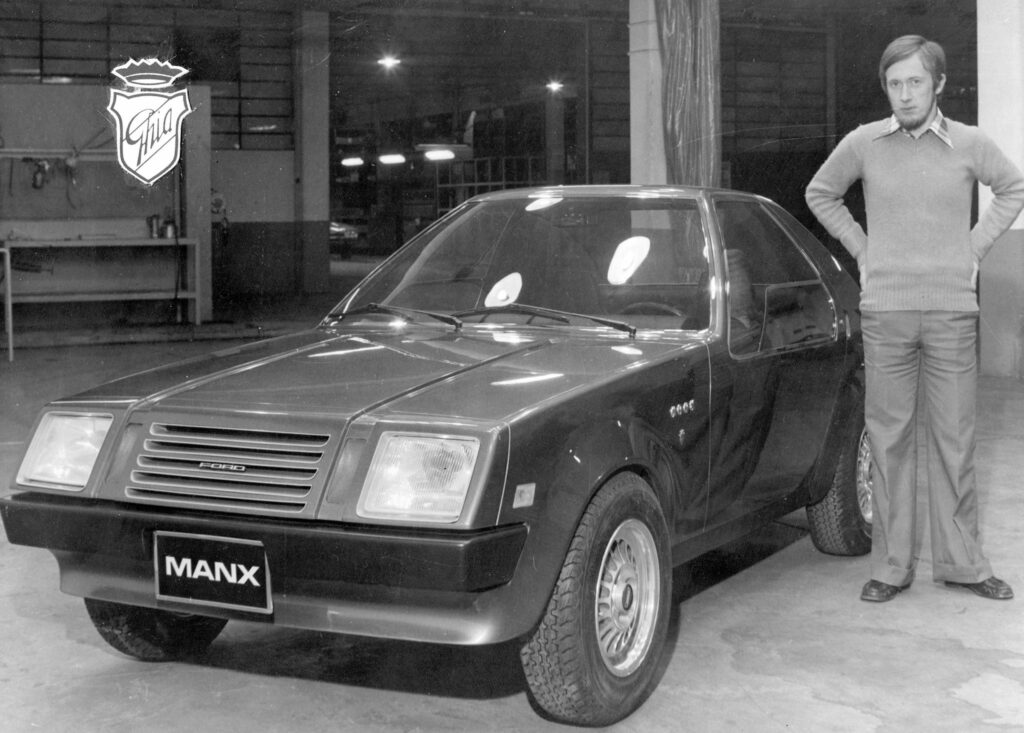
Paul Breuer was born in Verviers in 1946 where he lived with his family until the age of twenty. A summer internship in Italy opened him the gate to an outstanding car design career in the most important design centers of the world. We want to thank Paul for this interessting chat , in which we go back through his career.
Hello Pau Breuer, we are very happy to have you here for the second chapter of our interviews dedicated to car designers. Let's start with a ritual question: what came first for you, was it design or car?
As a child I have always drawn, especially cars. Then I discovered Michel Vaillant’s comics and started drawing new car models. I found the Skoda of that time very ugly and I often thought that I could do better.
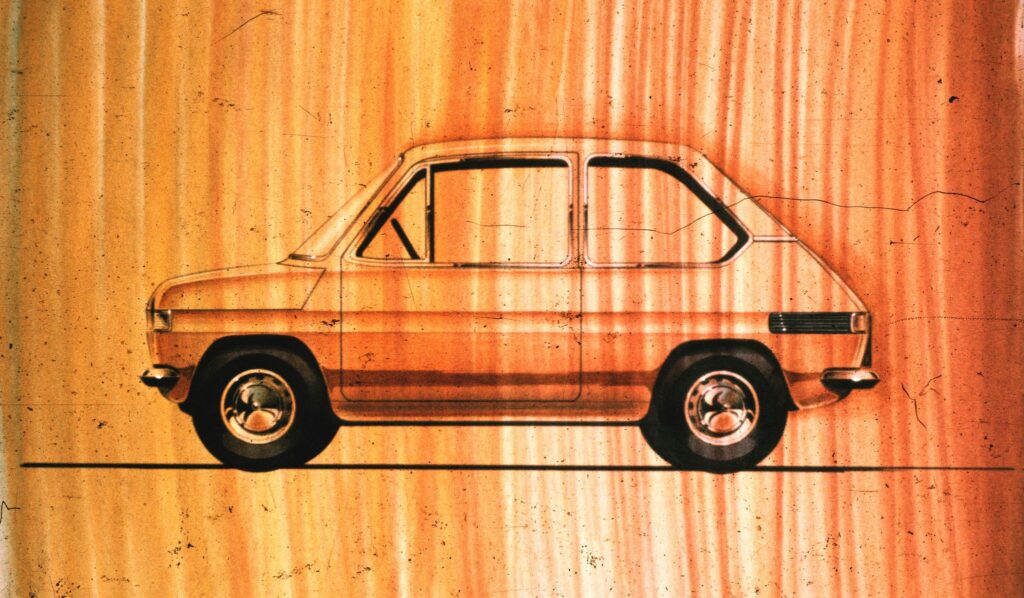
You began your car design career with a summer internship in OSI. How was the atmosphere there and what do you remember the most of that period?
At OSI I discovered the world of Italian automobile design, from the design sketch to prototyping. Being a small center, it was possible to follow all the stylistic and technical design process, working in the workshop from the wooden scaffolding to the beating of the sheet metal. Don’t forget the work of the saddlers. It was the period where I learned the most, with specialized and experienced people.
You were lucky enough to work in OSI with people of the caliber of Sergio Sartorelli, Piero Taruffi, Werner Hoebl and Tom Tjaarda. Can you tell us some particular anecdotes of working with them?
Yes, a real fortune. But not only designers but also good technicians, modelers and sheet beater, who taught me how to create a car. I also learned to draw in full size for the shape plane. It is on this design that the shape of the car is really born, with the sections every ten centimeters, allowing you to see the surfaces with shadows and lights.
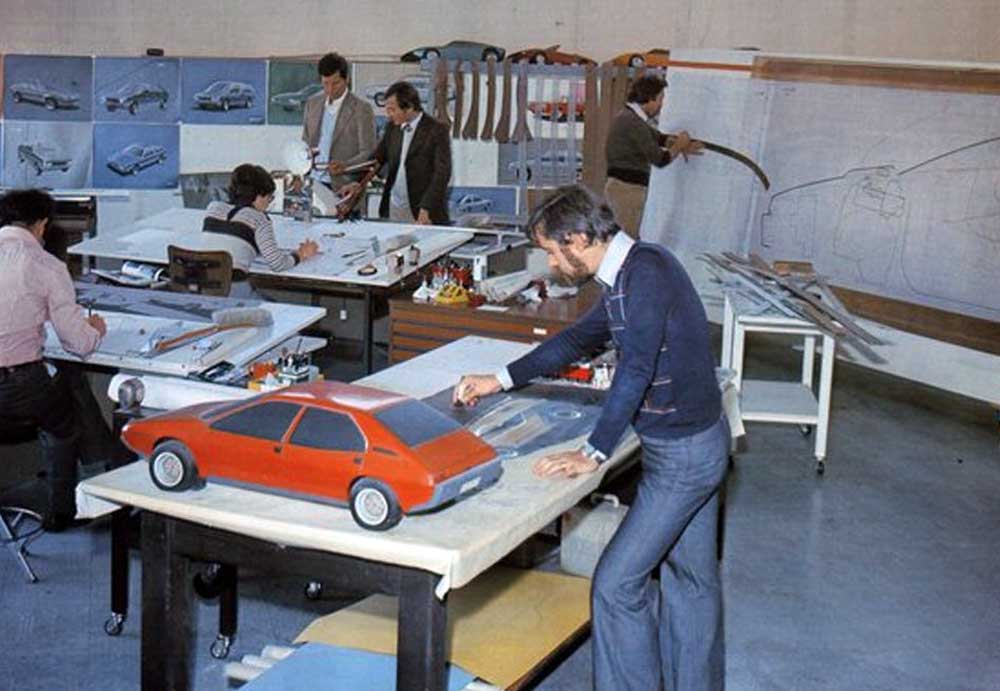
In 1968 OSI closed and you were hired at the Fiat Style Center following Sergio Sartorelli who became "Head of Future Studies", and later at the Ford Europe Design Center which acquired Ghia. Comparing OSI, which was a small company, to the Fiat and Ford Design Centers, what were the differences on a creative level for a designer?
There was a big difference between OSI and the Fiat Style Center. At OSI we studied different types of cars for different brands (Alfa Romeo, Fiat, Skoda, Saab, Ford, coupé, sedan, sports, off-road, racing, …). At Fiat only Fiat models but mass-produced designs, without contact with the model workshops and production. Then I was lucky enough to meet Pio Manzù and worked in his studio at the style center, in direct contact with the plaster models. I worked on the project 127. Then I was able to create the 128 Sport model and follow all its processing. With Ford, which acquired Ghia, i rediscovered the environment of the traditional Turin coachbuilder, like at OSI. And I was lucky enough to design several showcars.
After an interlude at Aldo Sessano's Design Center, in 1986 you began your Freelance career. What pushed you to make this decision? The need to diversify or was it a reason of disengaging from the pre-set patterns to be able to express yourself at best?
I understood that design was also interesting in other industrial sectors and that not only cars could be created. With the introduction of new technologies and materials, industrial design in general was very appealing for me, without following the commercial trends like in the automotive world.
According to your personal tastes, what are your top 3 most beautiful cars ever made?
I have always admired the Citroen DS (1955), a moving sculpture. Alfa Romeo Giulietta Sprint for its simple, clean and sporty line. Jaguar E with its long hood and fairing wheels.
What is your own favourite creation?
The Ford Megastar I, which was my first concept car at Ghia. A new concept of a spacious sedan, designed for traveling and enjoy the landscape. It has so great visibility. An aerodynamic and essential shape with no frills. A comfortable interior.
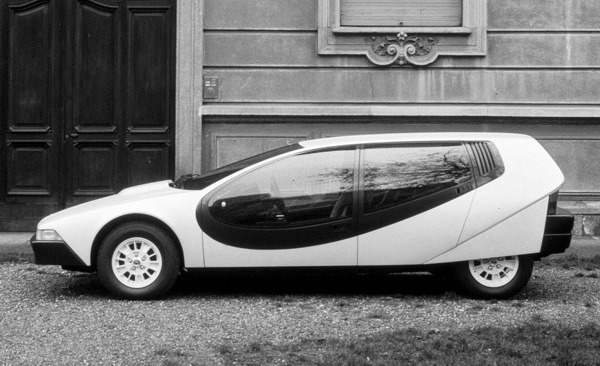
We are in an era of transaction, what is his opinion on electric cars and how much can design change in the coming years?
I appreciate the electric car as a less polluting vehicle only in the moment when you are driving it, but I have several doubts about the true sustainability of the whole chain and system. As for the design, I don’t see much progress. I was hoping for cleaner and less aggressive shapes. The cars of today look like they came out of Japanese Manga comics, with huge grilles, sharp and forced details. Made just to stand out from the competition.
Last question: How do I see the car of the future?
I see the car of the future more as a driverless taxi than as a personal vehicle. Integrated into a shared “smart” transport system (like trams, trains, monorails, etc.). Basically fewer cars and smoother traffic. A kind of revolution of the whole transport system.
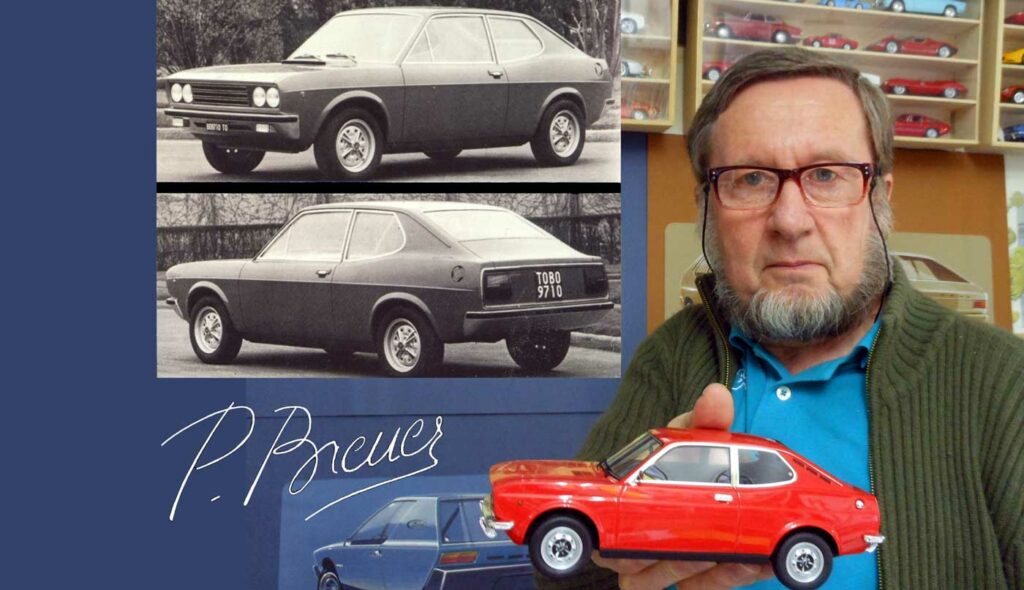
Check out Paul Breuer’s website:
http://www.paulbreuer.it/

